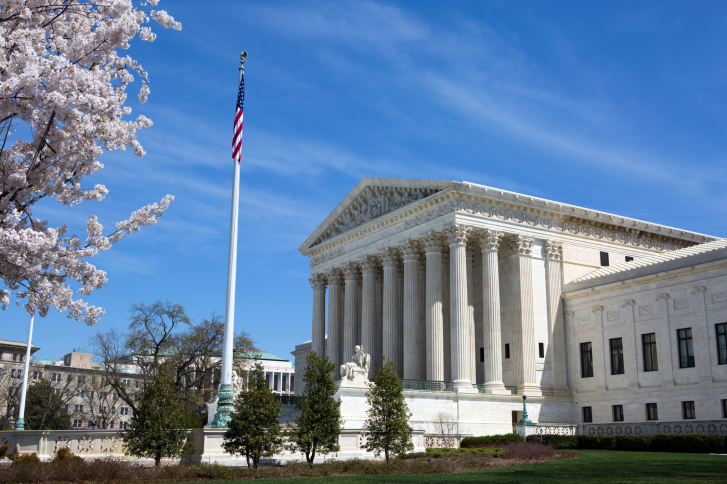The federal government is again offering money it does not have to entice a state—Iowa—to spend money it does not have on something it does not need.
Iowa is being asked to provide state funds to match federal funding for a so-called “high-speed rail” line from Chicago to Iowa City. The new rail line would duplicate service that is already available.
Buses Are Faster
Luxury intercity bus service runs between Iowa City and Chicago twice daily. The luxury buses are equipped with plugs for laptop computers and with free wireless high-speed Internet service. Perhaps most surprisingly, the luxury buses make the trip faster than the so-called high speed rail line would, at 3:50 hours. The trains would take more than an hour longer (5:00 hours).
No one would be able to get to Chicago quicker than now. Only in America does anyone call a train that averages 45 miles per hour “high-speed rail.”
Buses Are Cheaper
The state would be required to provide $20 million in subsidies to buy trains and then more to operate them, to make up the substantial difference between costs and passenger fares. This is despite a fare much higher than the bus fare, likely to be at least $50 (based on current fares for similar distances).
By contrast, the luxury bus service charges $18 and does not require a penny of taxpayer subsidy. Because the luxury bus is commercially viable (read “sustainable”), service can readily be added and funded by passengers. Adding rail service would require even more state subsidies. The bus is also more environmentally friendly than the train.
Cost Overruns Rule
This funding would be just the first step of a faux high-speed rail plan that envisions new intercity trains from Chicago across Iowa to Omaha, Nebraska. In the long run, this could cost the state hundreds of millions, if not billions of dollars. Already, a similar line from St. Louis to Chicago has escalated in cost nearly 10 times, after adjustment for inflation, from under $400 million to $4 billion.
Unplanned cost overruns are the rule, rather than the exception in rail projects. European researchers Bent Flyvbjerg, Nils Bruzelius and Werner Rottengather (Megaprojects and Risk: An Anatomy of Ambition) and others have shown new rail projects routinely cost more than planned.
Flyvbjerg et al found the average rail project cost 45 percent more than projected and 80 percent cost overruns were not unusual. Cost overruns were found to occur in nine of 10 projects. In addition, they found ridership and passenger fares also often fell short of projections, increasing the need for operating subsidies.
Iowa legislators may well identify ways to spend their scarce tax funding on services that are actually needed.
Wendell Cox ([email protected]) is a visiting professor at Conservatoire National des Arts et Metiers, Paris and a senior fellow at The Heartland Institute. Used with permission from Demographia.com.





